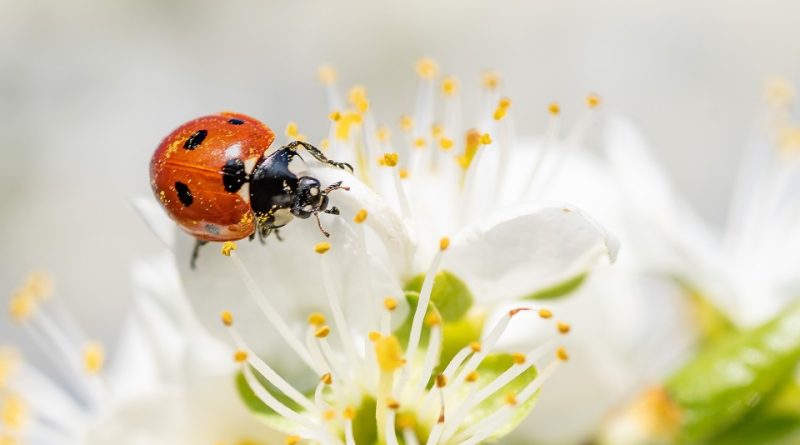Chemical Ecology and Agroecology
Chemical Ecology and Agroecology
Important Study of the University of Palermo
The evolution of scientific research is one of the fundamental foundations in understanding the complexity of ecological systems and therefore, in view of the use of their resources, of correct management.
A study on these principles, conducted by some researchers at the University of Palermo, was published in the Annual Review of Entomology.
The study in question is entitled: “Chemical Ecology of Floral Resources in Conservation Biological Control”.
The study was conducted by a team of researchers from the SAAF Department – Agricultural, Food and Forestry Sciences of the University of Palermo and was published in the Annual Review of Entomology, an annual magazine published by “Annual Reviews” which is an independent, non-profit academic publishing house headquartered in San Mateo, California and founded in 1931.
As is known, Annual Reviews publishes the contributions of authors selected by the editorial board to keep the reference scientific community updated on important topics.
The UniPa team of researchers was made up of Stefano Colazza, Ezio Peri and Antonino Cusumano.
In summary, the study highlighted the strategic role of chemical ecology as a useful discipline to maximize the effectiveness of conservation biological control programs (CBC) based on the introduction of floral resources in agro-ecosystems.
It is a question of implementing a conservative biological control which, in a nutshell, is a technique that consists of a set of practices useful for increasing the performance of the natural antagonistic insects of the phytophagous insects of cultivated plants.
The CBC uses in agro-ecosystems the factors resulting from the introduction of floral resources rich in nectar.
In these conditions, many natural antagonists, such as predators and parasitoids, need sugary resources to be able to carry out their biological cycle. These resources, especially with the advent of specialization and monoculture, have often become insufficient, so much so that in modern farms, characterized by low biodiversity, they cannot guarantee the correct ecological biocenoses.
With the CBC, therefore, a careful selection of the floral resources to be introduced is carried out which is often based on the peculiar characteristics of the various botanical essences such as above all:
– flowering scalarity;
– quantitative-qualitative production of nectar;
– the accessibility of flowers.
However, as the Authors specify, the identification of floral resources should also take into account their attractiveness towards natural antagonists, which must necessarily locate these resources before being able to use them.
It is in this sense that the study of chemical ecology can provide valid support in the perspective of agroecological techniques that can allow farms to increase their biodiversity and drastically reduce the use of synthetic products for the containment of pests.
The objective of the revision work carried out by the UniPa researchers was also to evaluate, and therefore fine-tune the technique relating to the volatile substances emitted by the various botanical essences used by parasitoid insects during the localization of the floral nectar.
In fact, it has been seen how often the floral nectar is colonized by microorganisms, in particular bacteria and yeasts, which can modify its organoleptic characteristics and, consequently, the performance of the parasitoids.
Another aspect highlighted by this technique is that, since the botanical essences used in the CBC must selectively attract beneficial insects, the factors to be taken into consideration in their choice must be correctly evaluated to prevent other non-target insects, such as phytophagous and hyperparasitoids can use them.
This approach envisages very important scenarios in the agroecological field, connecting to that trend also opened by scientists and scholars of the last century on complex systems, such as Ylia Prigogine and others (including Francisco Varela, Harold Morowitz and Enzo Tiezzi), who in their approach in complex systems (such as ecological and therefore agroecological ones) have begun to build a bridge between physics, chemistry, ecology and social sciences, to study these sectors not separately, but as systems interacting with each other.
This research, together with the recent studies on the higher yield and primary productivity of the more biodiverse systems, will greatly contribute to implementing agricultural production models in the direction of more efficient and, from a thermodynamic point of view, more closed systems.
The future is gradually taking shape.
Guido Bissanti

